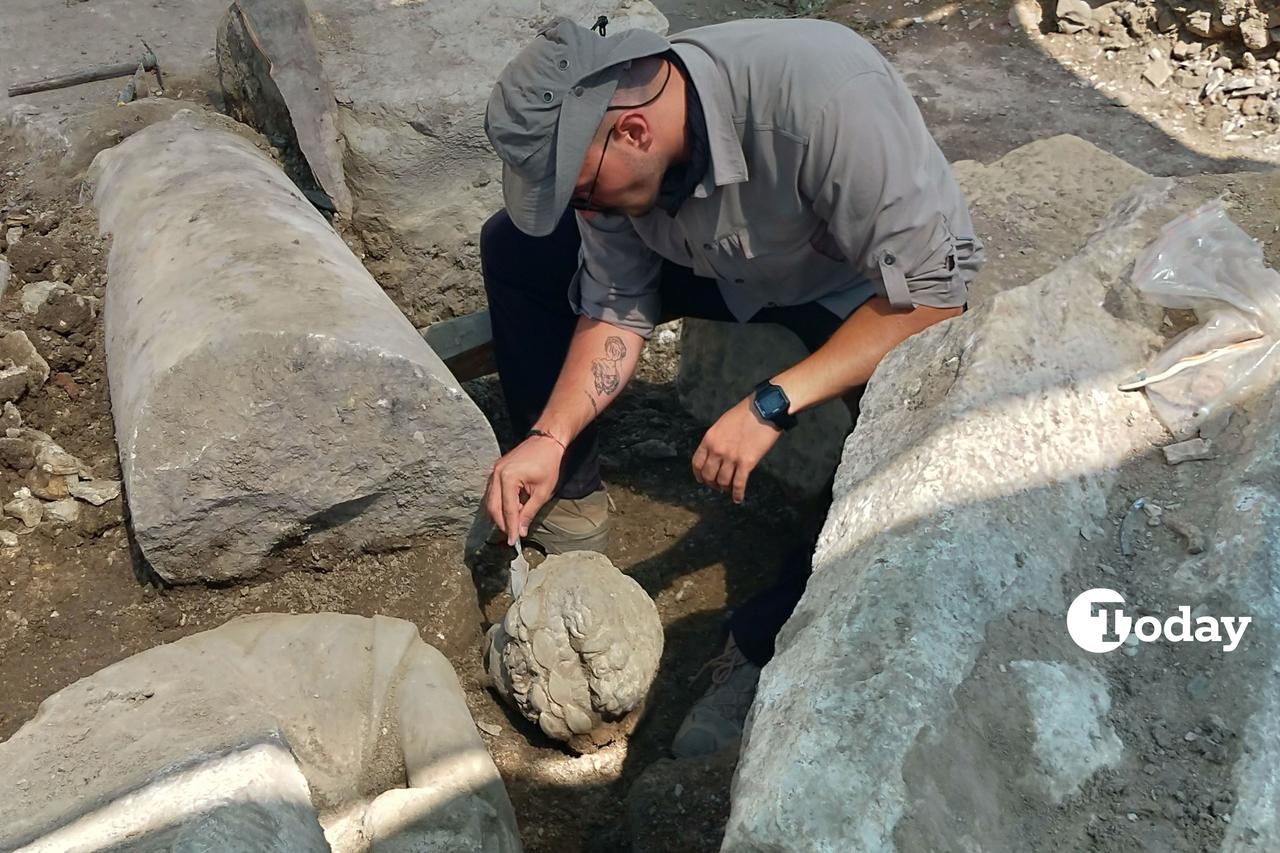
Did you know that between Istanbul and Ankara—the capitals of two great empires, the Romans and the Ottomans—lies an ancient Roman city of immense archaeological value?
Located in the Konuralp district of Duzce, approximately two hours from both cities, the ancient city of Prusias ad Hypium stands out with its Hellenistic and Roman-era artifacts.
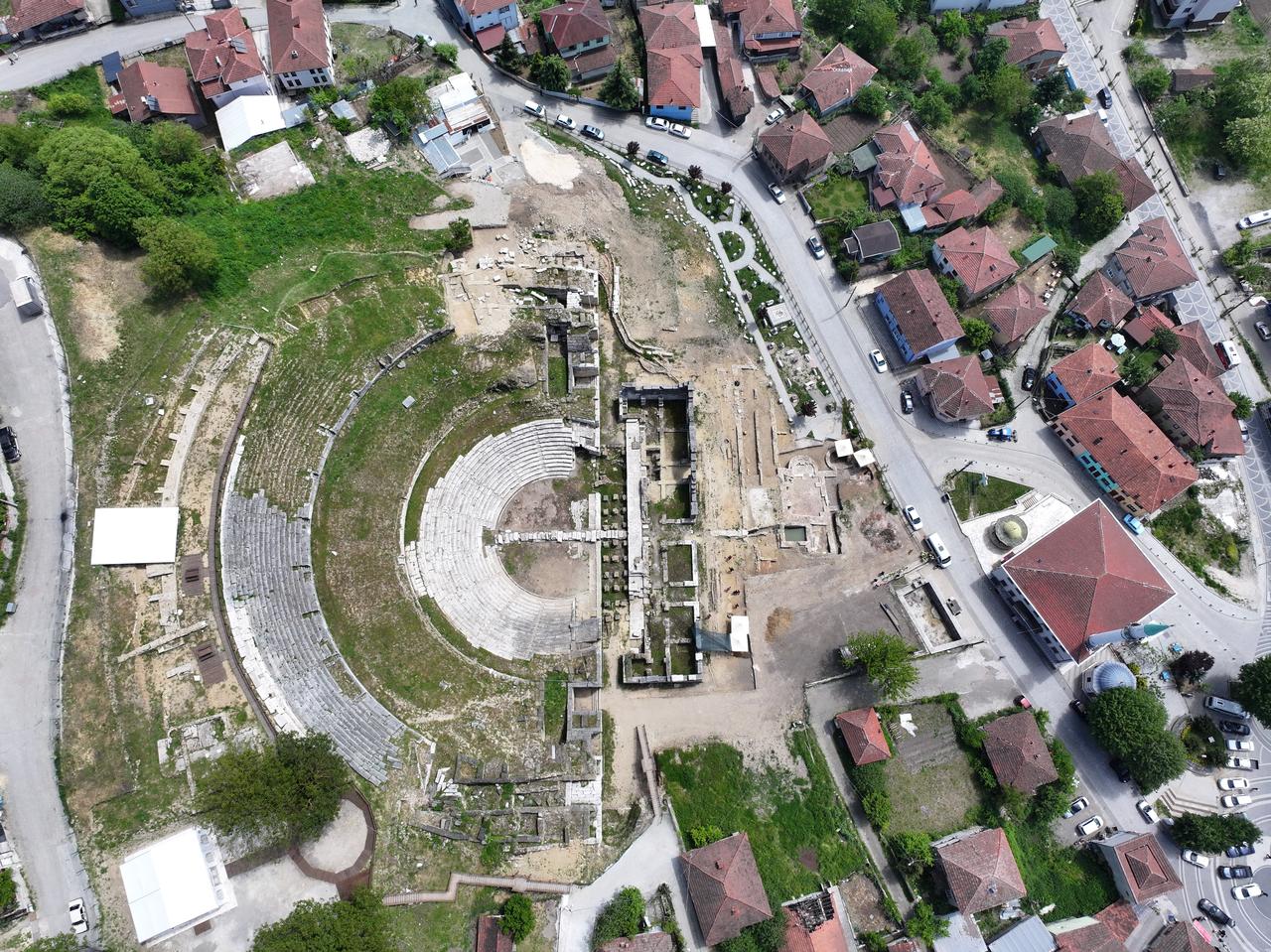
Prusias ad Hypium, one of the three cities founded by the Hellenistic King Prusias, who also gave his name to today’s city of Bursa, dates back as early as the fifth century B.C. Initially a part of the Heracleia Pontica region (modern-day Karadeniz Ereglisi in Zonguldak), it was conquered by King Prusias I in 182 B.C. and incorporated into the Kingdom of Bithynia.
The city later expanded to a hill along the Hypios River, now known as the Melen Stream, and became one of the twelve prominent cities forming the Bithynian League.
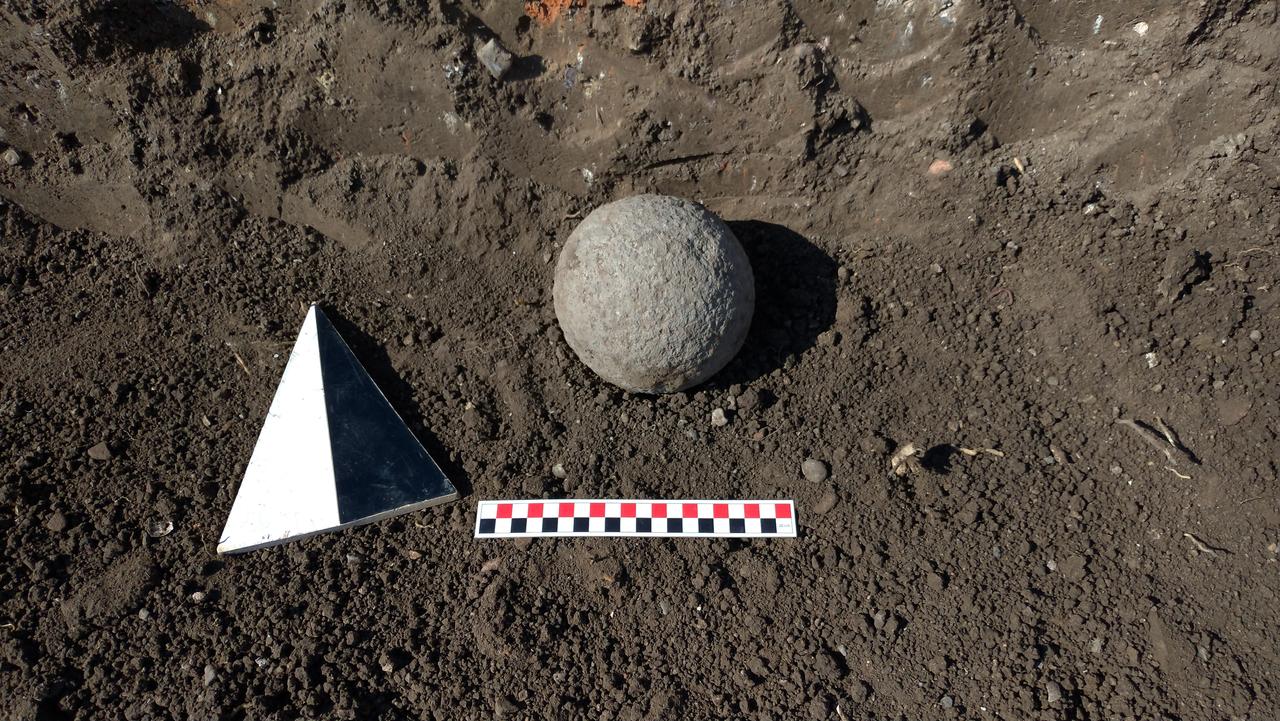
The city became part of the Ottoman Empire in 1323 and was later renamed Uskubu, eventually becoming known as Konuralp. Today, its legacy continues through extensive archaeological work.
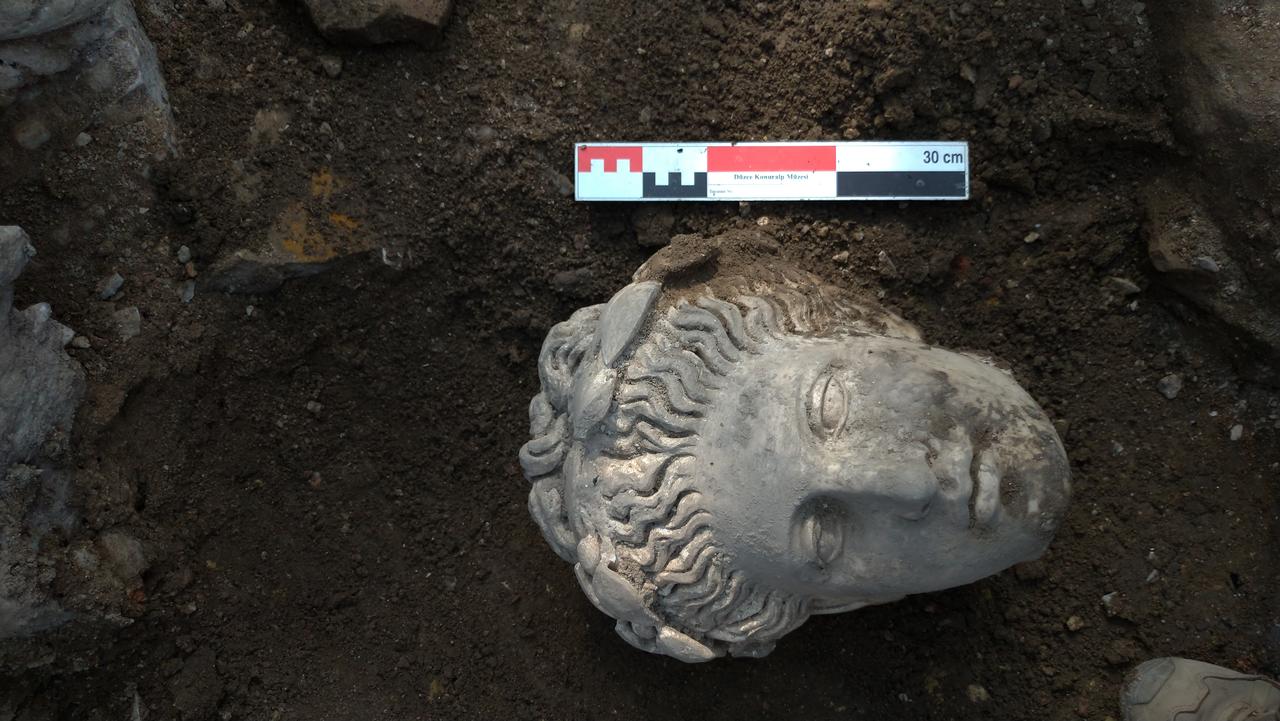
As a senior archaeologist involved in this site for over two years, I can say the Roman-era theater is its most significant structure. Excavations led by the Konuralp Museum Directorate, with permission from the General Directorate of Cultural Heritage and Museums and support from Duzce Municipality, previously revealed the existence of a church in front of the Roman theater—first reported by Türkiye Today.
The 2025 excavation season began rapidly with the arrival of warmer weather, focusing on the area around the church.

One of the major discoveries—first reported nationally and internationally by Türkiye Today—was the stage building, or skene. Drone imaging revealed backstage preparation rooms, likely used for dressing, actor preparation, and storing decorative materials.
These findings provide new insights into the operational structure of the Roman theater.
Since small-scale digs began in 2013, and particularly from 2017 onward, continuous excavations have significantly enriched both regional archaeology and the global archaeological literature.
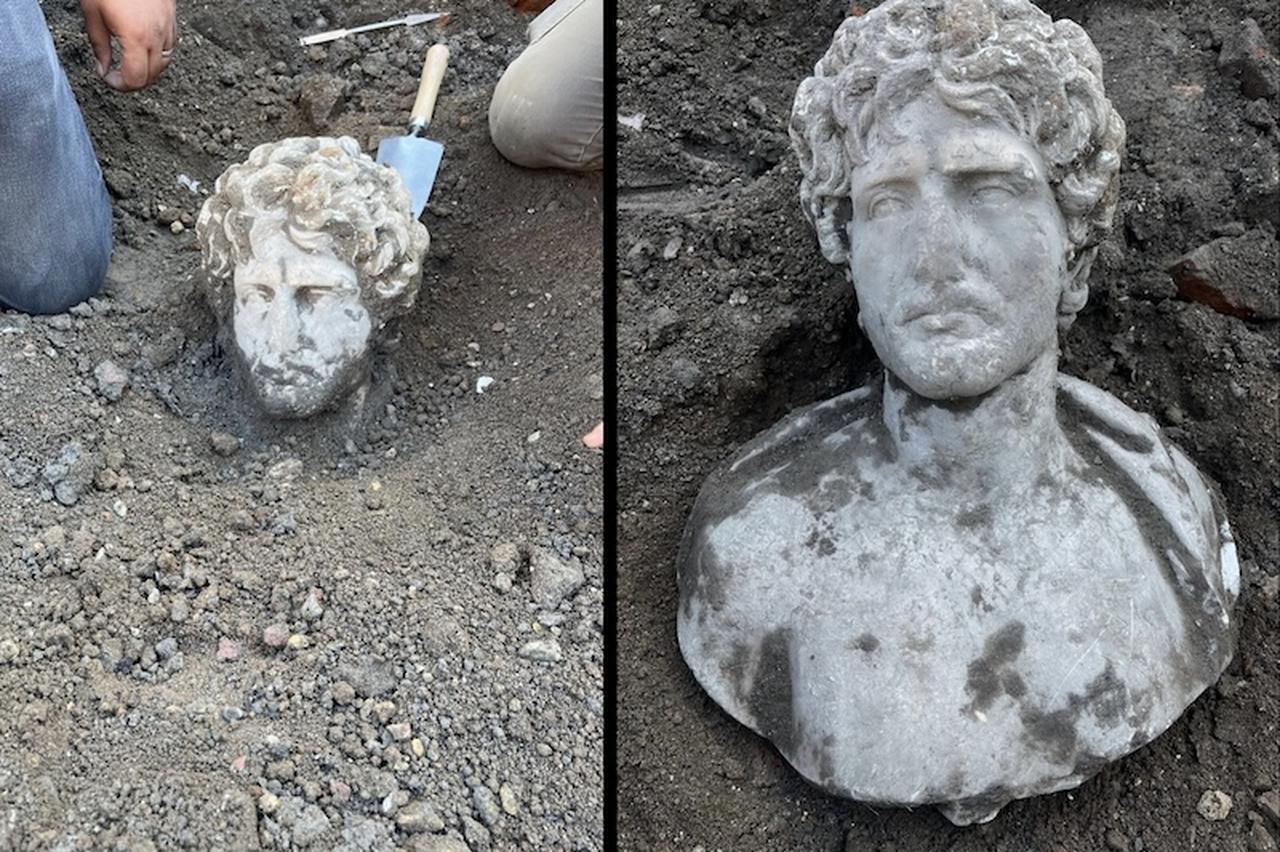
The excavations have unearthed statues, storage vessels, unique architectural blocks, mosaic floors, and religious structures. Key discoveries include the head of Medusa, a statue head believed to depict Alexander the Great, a statue of Apollo, a lion mosaic, a portrait bust likely of M. Iulius Proklos—the sponsor of the theater's stage building—and a Byzantine-era water cistern. These artifacts have greatly enhanced understanding of the city’s Roman-period history.
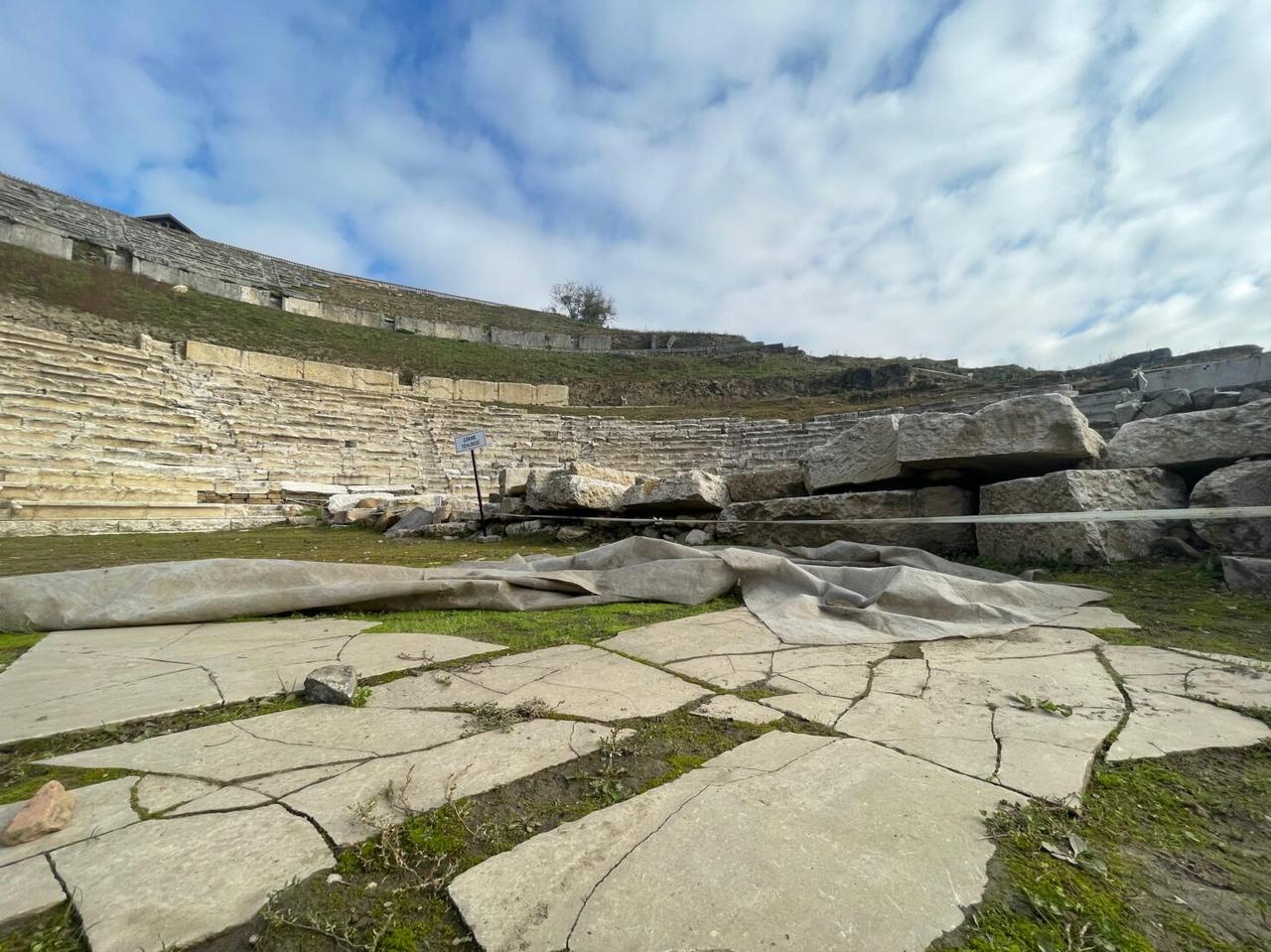
Despite damage during multiple earthquakes and Christianization during the Roman era, the theater structure remained remarkably intact. Once the theater excavations are complete, focus will shift to uncovering nearby artifacts.
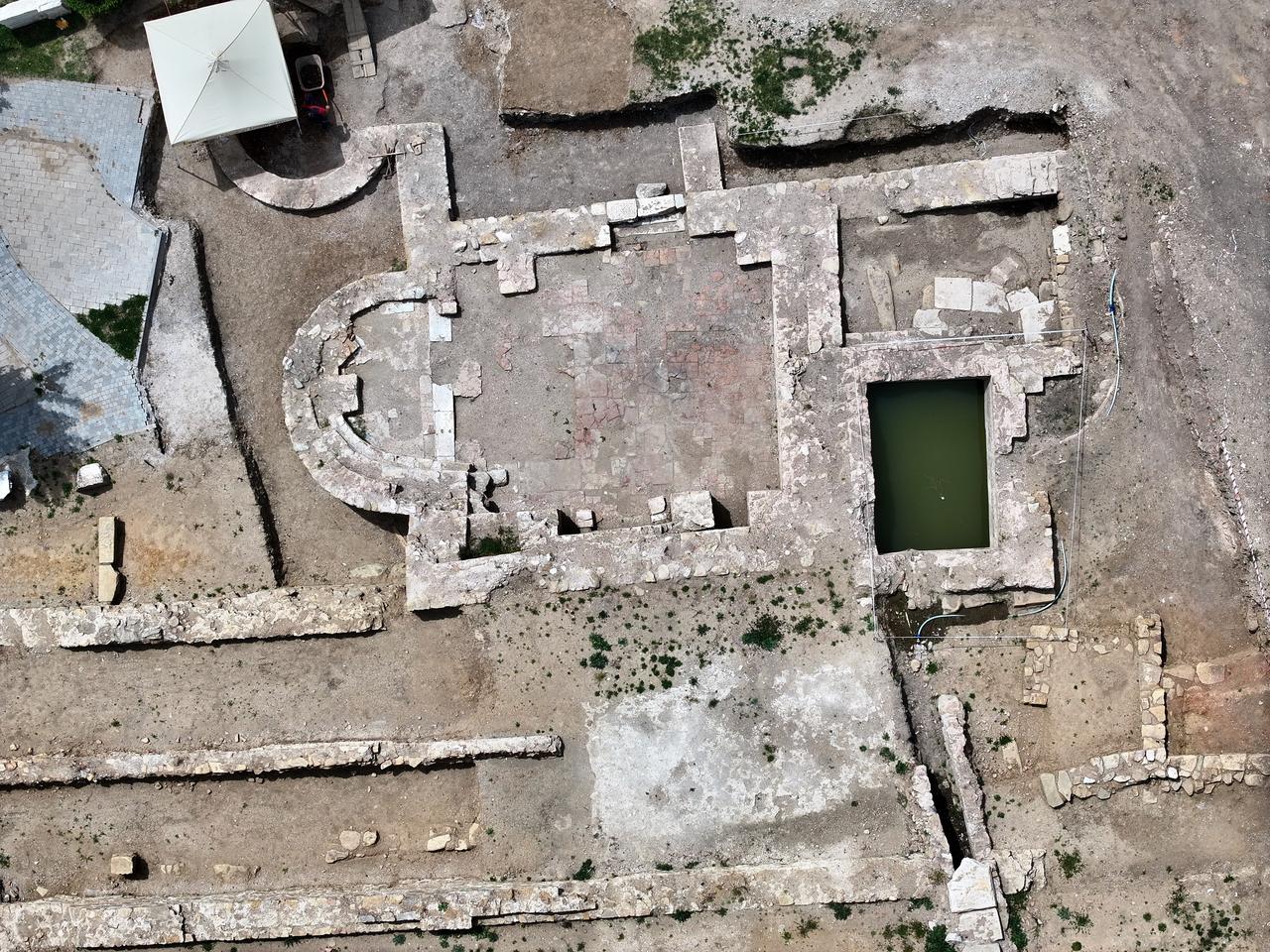
Recent discoveries also include a Late Roman, or Byzantine-era, church and terracotta-piped infrastructure systems. These findings are expected to shed further light on the city's history.
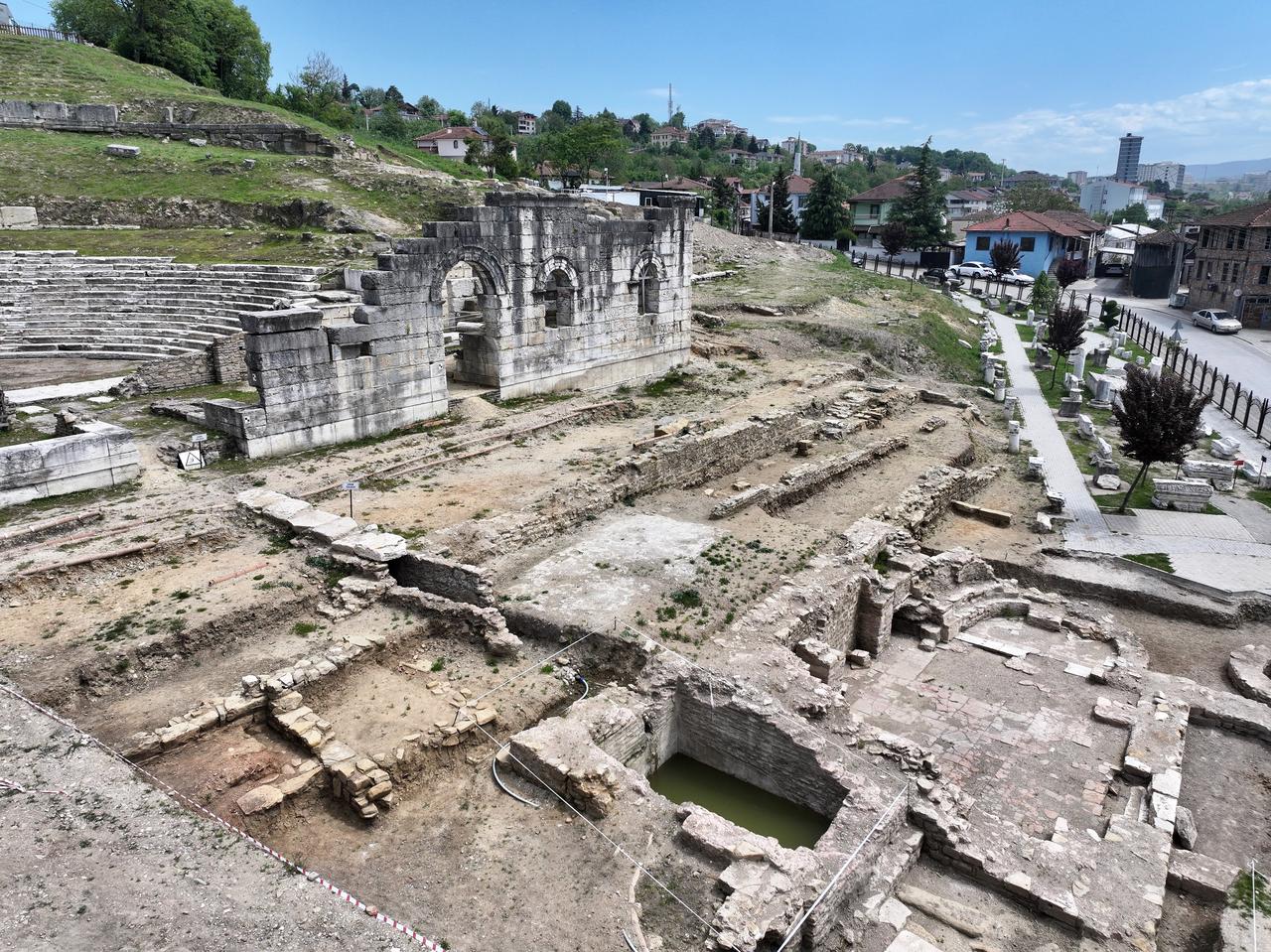
This Roman theatre isn’t just a prominent historical site in Bithynia—it is also one of the best-preserved Roman public buildings in Anatolia. Despite the reuse of stones from other buildings over time, the theater’s seating layout, ima cavea (lower seats), summa cavea (upper seats), and stage structure remain impressively preserved.
Recent excavations revealed significant clues about the cultural and theatrical life of Prusias ad Hypium. A nearly complete statue of Apollo Kitharoidos—holding a kithara, the ancestor of the modern guitar—suggests that musical performances were central to theatre events.
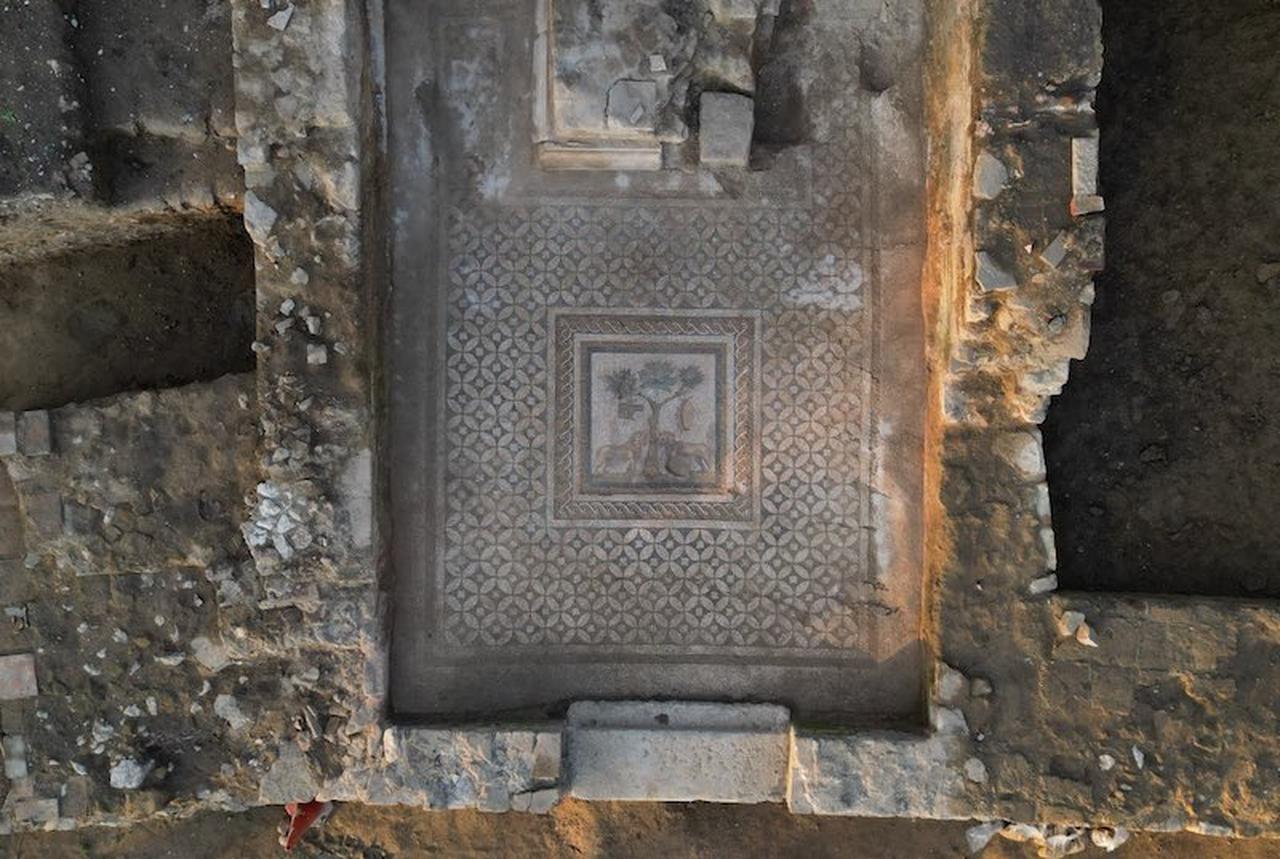
A mosaic found in a room thought to be dedicated to Dionysos, the god of wine and theater, depicts two lions under a tree with musical instruments hanging from its branches. This provides the first concrete evidence of musical performances at the site.
Dating to the second century A.D., both the 1.9-meter-tall Apollo statue and the intricately designed mosaic highlight the multifaceted cultural and religious significance of the theater while showcasing the artistic excellence of the time.
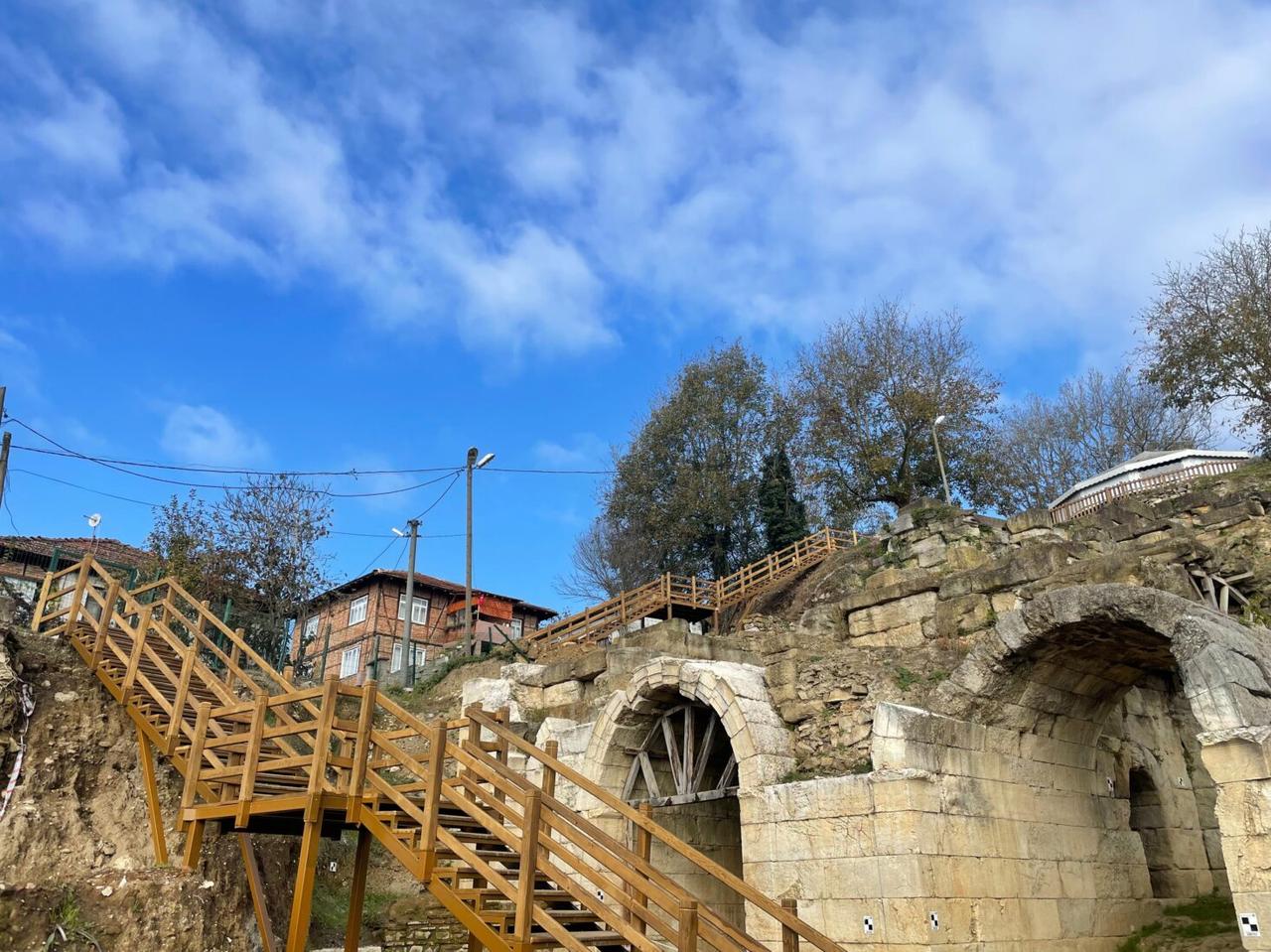
As restoration continues, the Prusias ad Hypium theatre complex is on track to become a major cultural and tourist destination. Plans are underway to transform the site into an archaeological park, improving accessibility for visitors and reinforcing its place in Anatolia’s rich cultural history.